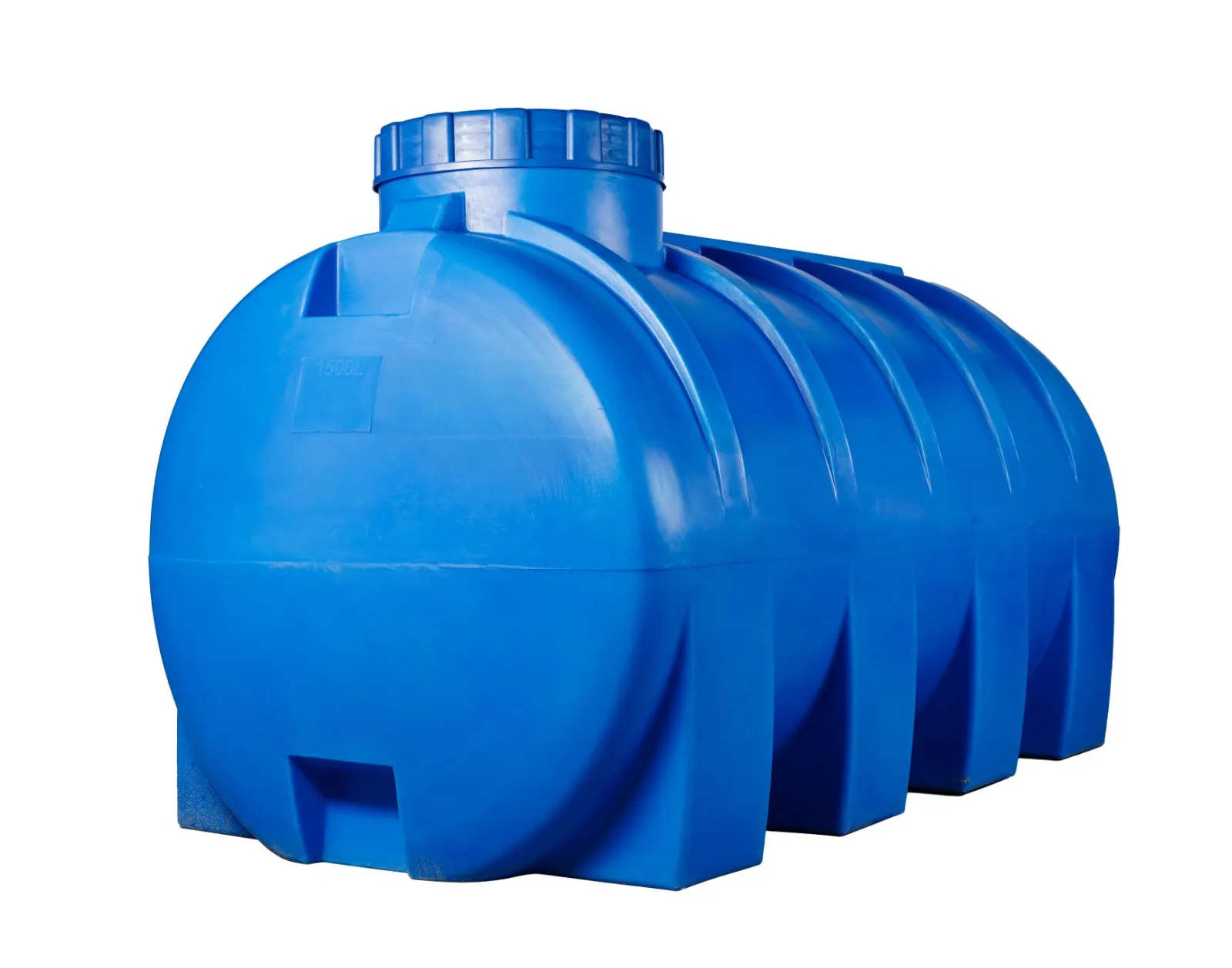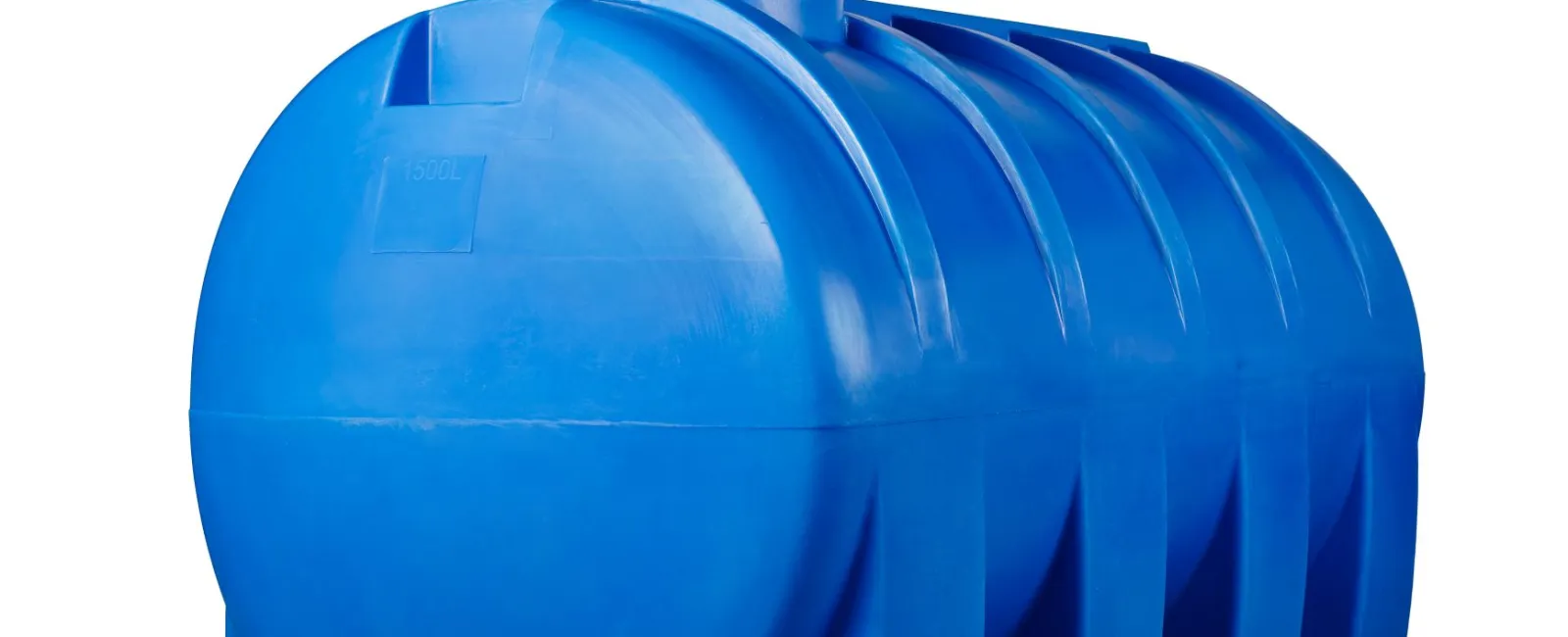
Foundational Sizing Principles
How Septic System Sizing is Calculated
Septic system sizing is primarily determined by the potential daily wastewater flow, measured in gallons per day (GPD), which is estimated based on the number of bedrooms in a home. Local health codes typically assign a GPD value per bedroom (e.g., 120-150 GPD for the first two bedrooms, plus an additional amount for each extra bedroom) to calculate the total flow. The septic tank volume is then calculated to be at least 2 to 3 times the daily flow to provide sufficient retention time for solids to settle and decompose. For example, a home with an estimated flow of 450 GPD would require a minimum tank size of 900 to 1,350 gallons.
The Difference Between Septic Tank Size and Drainfield Size
Sizing a septic system involves two distinct components: the septic tank and the drainfield (or leach field). The septic tank size is based on the home's potential wastewater volume (number of bedrooms), designed to hold waste long enough for solids to separate from liquids. The drainfield size is determined by both the wastewater volume and the soil's absorption capacity, which is measured by a percolation test. Therefore, two homes requiring a 1,000-gallon tank could need vastly different drainfield sizes if one is built on sandy soil and the other on dense clay.
Key Factors Influencing Septic System Size
Number of Bedrooms vs. Actual Occupancy
Septic system sizes are mandated by local codes based on the number of bedrooms, not the number of current occupants, because it determines the home's maximum potential occupancy. A 4-bedroom house is sized for eight people (assuming two per room), even if only two people live there. This ensures the system can handle future capacity if the home is sold or the family grows, preventing premature system failure. Sizing a septic tank based on current, lower occupancy would violate health codes and be insufficient for the property's design capacity.
Soil Type and the Percolation Test
The soil's absorption rate is a critical factor in sizing the drainfield component of a septic system. This rate is measured through a percolation test ("perc test"), which assesses how quickly water drains through the soil. Heavy, clay-like soils have a slow percolation rate and require a significantly larger drainfield to handle the same amount of wastewater as porous, sandy soils. Poor soil conditions can be the single most influential factor increasing the overall size and cost of the septic system.
Impact of High-Water-Use Appliances
High-water-use fixtures and appliances can necessitate a larger septic tank than the minimum requirement for your bedroom count. A garbage disposal, for instance, can increase a tank's solid waste load by up to 50%, often requiring a larger tank or a second compartment to manage the extra solids. Similarly, large whirlpool tubs, hot tubs, and water softeners that discharge significant volumes of water can overload a standard-sized system, making a larger tank a wise investment to prevent backups and ensure proper wastewater treatment.
Local Health Department Regulations
All septic system sizing and installation is governed by local and state health department regulations, which supersede general guidelines. These codes specify the minimum tank size per bedroom, required distances from wells and property lines, and drainfield design requirements based on local soil conditions. Before any installation, a permit must be obtained, and the system design must be approved by the local authority, making professional consultation essential to ensure compliance.
Standard Septic System Sizes and Options
Common Residential Septic Tank Sizes by Bedroom Count
Standard residential septic tank sizes are directly correlated with the number of bedrooms in a home to accommodate potential wastewater flow.
1-2 Bedrooms: 750 to 1,000-gallon tank.
3 Bedrooms: 1,000 to 1,250-gallon tank (1,000 gallons is the most common minimum size in many regions).
4 Bedrooms: 1,250 to 1,500-gallon tank.
5-6 Bedrooms: 1,500 to 2,000-gallon tank or a multi-tank configuration.
Septic Tank Materials: Concrete vs. Plastic vs. Fiberglass
The material of a septic tank does not change sizing requirements but impacts longevity, cost, and installation. Concrete tanks are heavy, durable, and the most common, but can crack over time. Polyethylene (plastic) and fiberglass tanks are lightweight, corrosion-resistant, and easier to install on difficult sites, but are more susceptible to damage during installation and can be displaced by high groundwater if not properly anchored.
Sizing for Different Septic System Types
The type of septic system installed can influence the required size, particularly for the drainfield. A conventional system relies entirely on soil for treatment and requires a large drainfield. A mound system, used in areas with poor soil or a high water table, requires an elevated sand fill bed, adding to the system's footprint. Aerobic Treatment Units (ATUs) use oxygen to treat waste more efficiently, producing a cleaner effluent that may legally allow for a smaller drainfield, making them an option for properties with limited space.
Consequences of Incorrect Sizing
Risks of an Undersized Septic System
An undersized septic system cannot adequately handle a household's wastewater volume, leading to frequent and costly problems. Solids do not have enough time to settle and are pushed out into the drainfield, causing permanent clogs and irreversible damage. This results in slow drains, sewage backups into the home, foul odors, and contaminated water pooling on the lawn, creating a serious health hazard and requiring a complete system replacement.
Problems Caused by an Oversized Septic Tank
While less common, an excessively oversized septic tank can also cause issues. If the tank is too large for the household's wastewater output, the flow can be too slow and intermittent, preventing proper mixing and bacterial action. This can lead to concentrated pockets of sludge that are difficult to break down and may result in strong sewer gas odors. While oversizing is generally safer than undersizing, a correctly sized tank provides the most efficient and balanced treatment environment.
Professional Sizing and Maintenance
Why Professional Septic Sizing is Essential
Correctly sizing a septic system is a complex process that requires professional expertise to interpret soil tests, understand local health codes, and account for property-specific variables. A certified installer or engineer ensures the design is compliant, efficient, and built to last, preventing costly failures. Scorpion Septic works with qualified professionals and local counties to guarantee your system is sized and permitted correctly, protecting your investment and property.
Maintaining Your Correctly Sized System
Proper septic system sizing is the first step; routine maintenance is the key to longevity. A correctly sized system should have its tank pumped every 3-5 years to remove accumulated solids and prevent them from clogging the drainfield. Regular maintenance protects the most expensive component of your system - the drainfield - from premature failure. At Scorpion Septic, we support the long-term health of your system by offering a free pump-out with all major repairs.
Contact us today to schedule a consultation and get peace of mind knowing your septic system is built to perform optimally!

